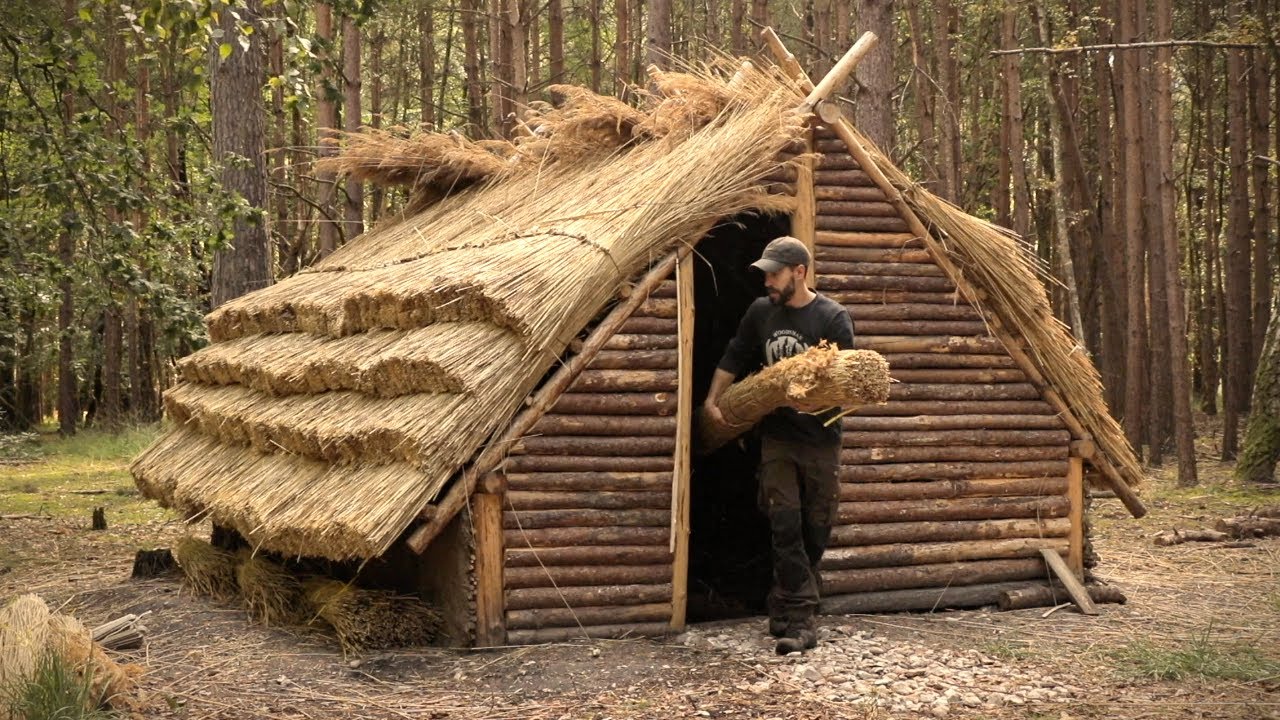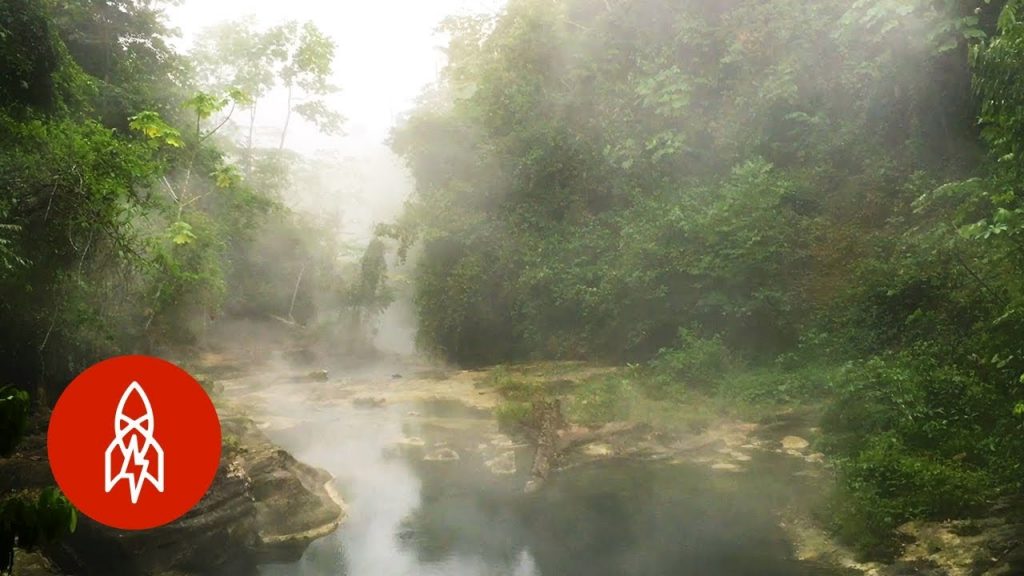Building a Medieval House | 10 Day Bushcraft Shelter Build

Building a medieval house in the woods, a 10 day bushcraft shelter.
This is a full build video of the anglo saxon house with thatch roof that we built using simple hand tools. This medieval-era bushcraft camp was inspired by the anglo saxon “pit house”. The saxons occupied Britain from the 5th to the 11th century. Many of their houses were built by digging a pit in the ground which would not only help to keep a consistent temperature in their homes throughout the year, but it would also mean that they needed less building materials to build the house upwards. We used simple hand tools: axe, saw, knife, pick axe, hand auger and drawknife to build this tiny house in the forest. I built this with my Dad in 10 days. See below for individual episodes of the Saxon House series where we talk about what we are doing and why.
What were some of the key challenges faced by the project team during the construction of the medieval-style house?
Introduction:
The medieval period was marked by impressive architectural feats that still inspire awe today. The ingenuity and creativity of the builders are showcased in their grand castles, soaring cathedrals, and intricate residential buildings. With the advent of modern technology, many of the skills and techniques used by medieval builders have been lost, but there’s still a lot to be learned from them. In this article, we’ll take a look at a recent 10-day bushcraft shelter build project that aimed to construct a medieval-style house using traditional methods and materials.
Project Overview:
The 10-day shelter build started with a plan to construct a medieval-style house using only natural building materials and traditional techniques. The project was spearheaded by an experienced bushcraft expert and medieval history enthusiast who wanted to recreate the look and feel of a typical medieval dwelling. The build took place in a remote forest location, allowing the team to work undisturbed and without the distractions of modern civilization.
Project Challenges:
Building a medieval-style house using traditional methods was not an easy task. The team faced various technical and logistical difficulties during the project. Some of the significant challenges included:
1. Obtaining and processing natural building materials such as wood, thatch, and mud, took much more time and effort than using modern building materials.
2. Traditional methods, such as the use of hand tools, were slower and more labor-intensive than using power tools.
3. The remote location of the site and lack of modern amenities like electricity and running water, significantly hampered the team’s work and made the build even more challenging.
Despite these challenges, the team remained committed to their goal of recreating a medieval-style house.
Project Execution:
The ten-day build started with the construction of the foundation, which was made of stone, sand, and clay. Next, timber was sourced, and using traditional carpentry techniques, was prepared for the walls, roof, and floor. The vertical beams were mortised to fit the horizontal sills, which were then fastened together using wooden pegs. The walls were made of a wattle-and-daub technique, where the wooden frame was filled with mud and straw, and then covered with a thatched roof.
The build’s final stages involved creating a fireplace and chimney, a wooden door made of oak, and an interior that was decorated with simple furnishings, such as benches and a table. The team used only traditional methods and materials throughout the build, giving it an authentic look and feel.
Project Completion:
After ten long days and nights of work, the medieval-style house was finally complete. The team had successfully recreated a dwelling that could have existed during the medieval period. The house was sturdy, well-insulated, and warm, thanks to the natural building materials used in its construction. The final product was a testament to the team’s creativity, resourcefulness, and dedication to the project.
Conclusion:
The construction of a medieval-style house using traditional methods and materials is not only a challenge, but it’s also a rewarding experience. The project showcases the ingenuity of medieval builders and demonstrates that their methods and techniques are still relevant today. It’s impressive to see a group of people come together and create something so beautiful and functional without the use of modern technology. This project reminds us that we can still learn a lot from the past and that our ancestors were capable of remarkable achievements that still amaze us today.










Why Army Recruits Train Inside A Tear Gas Chamber In Boot Camp
Amazing Bushcraft Tent made from Plastic Wrap!
Hear the Otherworldly Sounds of Skating on Thin Ice
Plant this once and have FOOD for 30 YEARS!
Stealth Camping In Airport Parking Lot With SUV (Highly Patrolled)